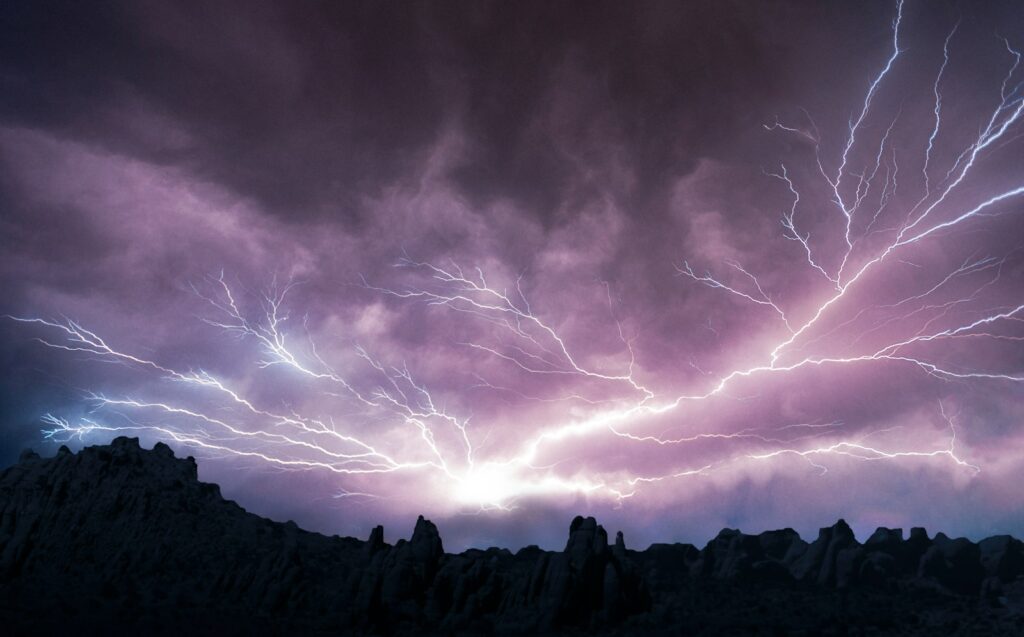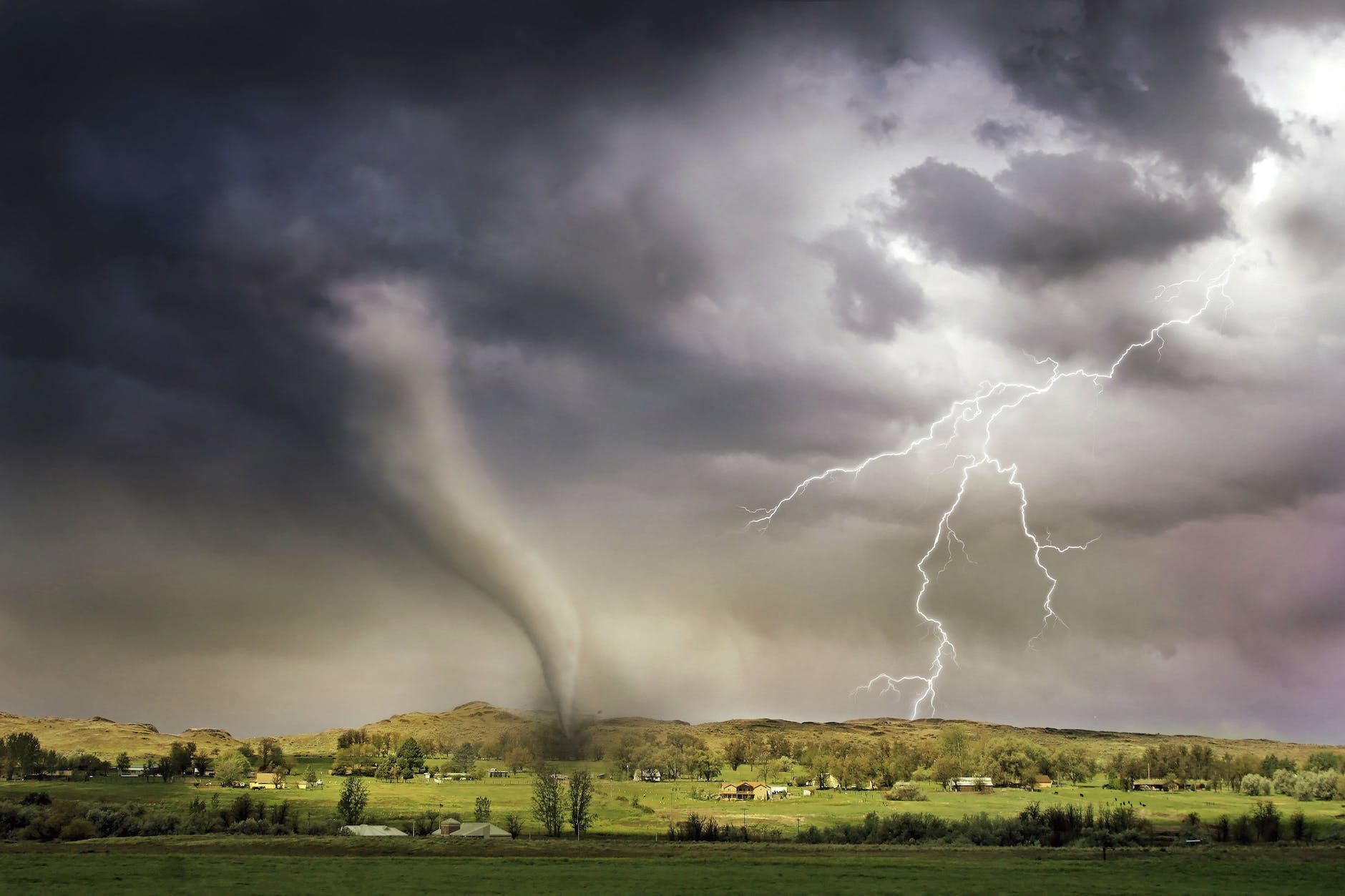Lightning, the dramatic spectacle of nature unleashing its raw power, can be both awe-inspiring and terrifying. While rarely fatal, lightning strikes do pose a significant danger, leading to injuries and even deaths every year. Fortunately, with a little knowledge and preparation, you can significantly reduce your risk and enjoy the storm from a safe distance.
Understanding the Threat:
Lightning is a massive electrical discharge between clouds, or between a cloud and the ground. Its unpredictable nature and immense power make it crucial to be aware of potential dangers. Here’s what you need to know:
- Lightning can strike anywhere, anytime: Don’t assume you’re safe just because it’s not raining directly overhead.
- Open areas are most vulnerable: Avoid exposed spaces like fields, golf courses, and open water during a thunderstorm.
- Tall objects attract lightning: Stay away from trees, towers, and other tall structures.
- Metal conducts electricity: Don’t touch metal objects like fences, railings, or electrical equipment during a storm.
Putting Safety First:
When you hear thunder or see lightning, act quickly:
- Seek immediate shelter: The safest place is a sturdy building with plumbing and electrical wiring. Cars offer some protection with windows rolled up and closed contact with metal avoided.
- Avoid enclosed shelters: Don’t take refuge in small sheds, tents, or open-air structures.
- Stay away from windows and doors: Minimize contact with conductive surfaces and avoid standing near doorways or windows.
- Disconnect electronics: Unplug appliances and electronic devices to avoid damage from power surges.
Beyond the Basics:
Lightning safety also involves preventative measures and good habits:
- Plan ahead: Stay updated on weather forecasts and warnings. Download a lightning tracking app for real-time information.
- Prepare your home: Install surge protectors for electronics and ensure proper grounding of electrical systems.
- Educate others: Share essential lightning safety tips with family, friends, and neighbors.
- Practice safe driving: Pull over if caught in a storm and avoid flooded areas.
Remember:
While lightning is a force of nature, we can take control of our own safety. By understanding the risks, following essential precautions, and staying informed, you can ensure that the next thunderstorm becomes a safe and even enjoyable experience.
Additional Resources:
- National Weather Service Lightning Safety: https://www.weather.gov/safety/lightning
- Lightning Safety Institute: https://www.lightningsafety.com/
Stay safe, and enjoy the wonders of nature responsibly!



